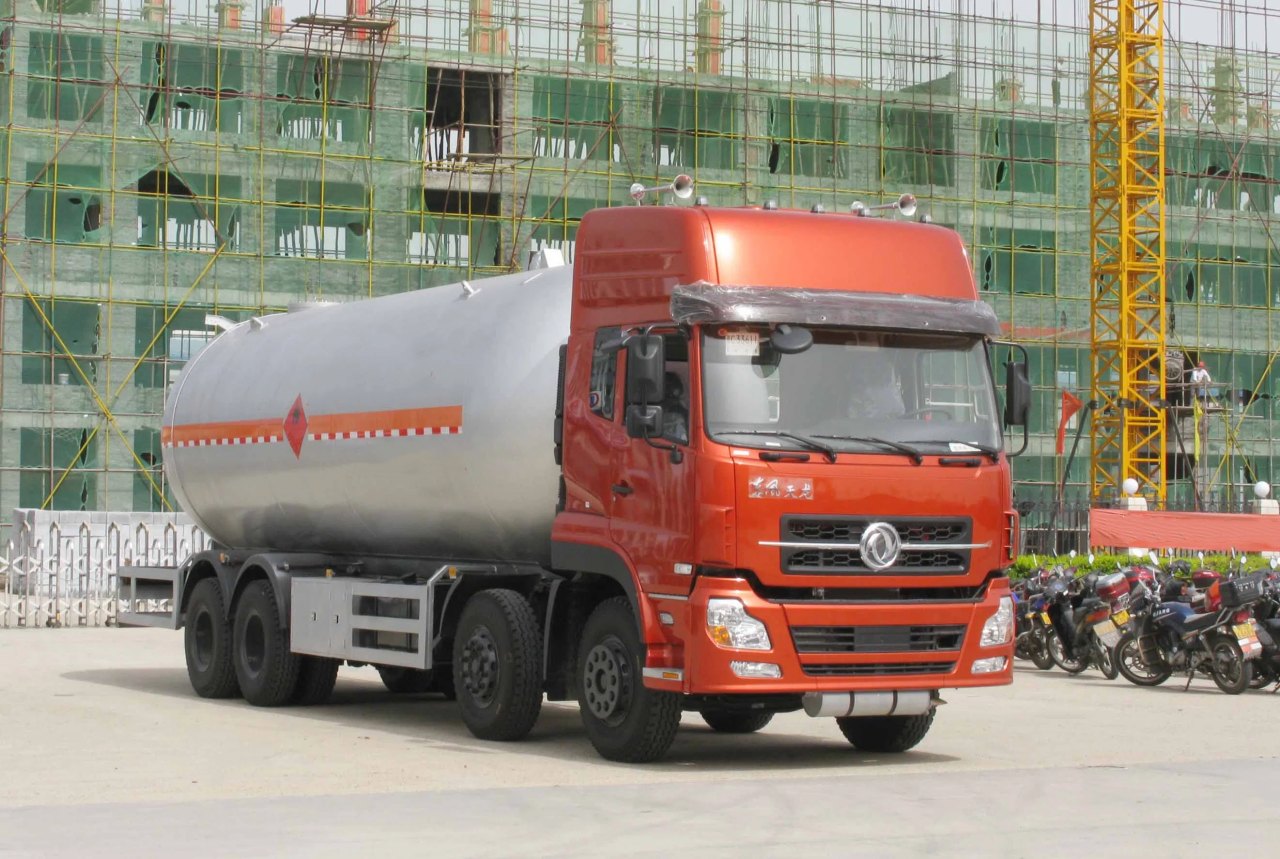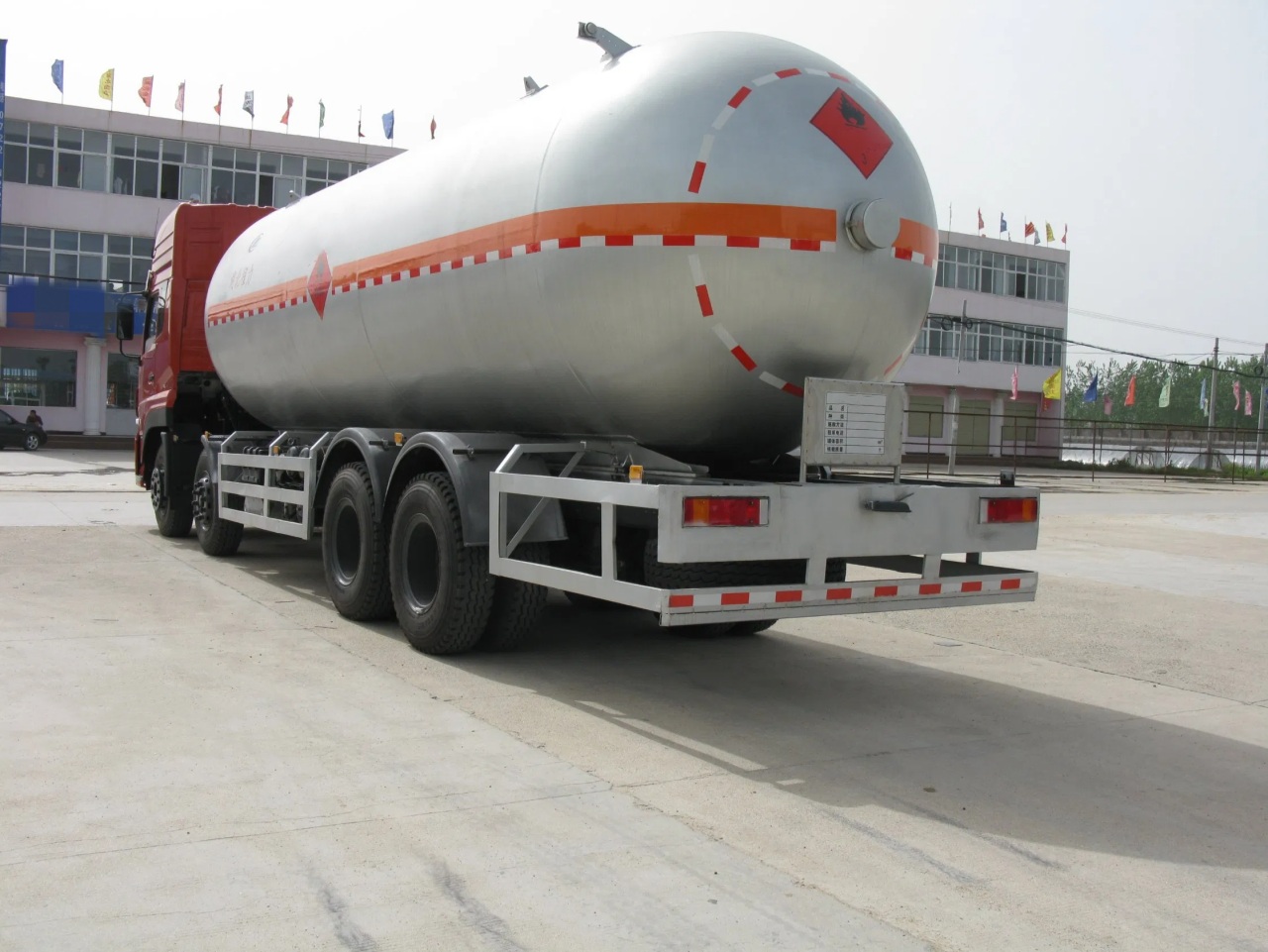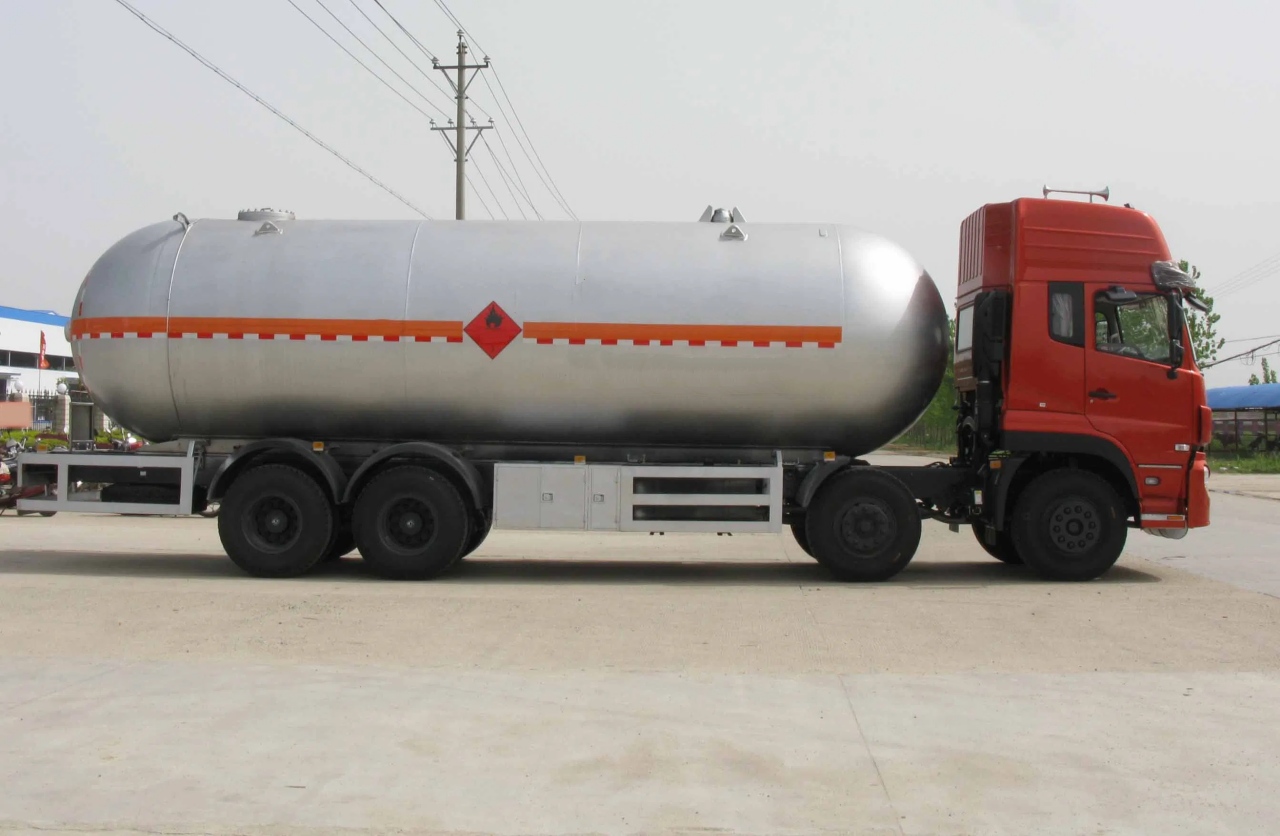Propane-powered vehicles, often referred to as autogas vehicles, have gained popularity as an alternative to gasoline and diesel-powered vehicles due to their environmental benefits and cost-effectiveness. Propane is a cleaner-burning fuel that emits fewer pollutants compared to traditional fuels, which makes it an attractive option for fleets and individuals looking to reduce their carbon footprint. However, despite its advantages, propane vehicles come with a set of risks and dangers that should not be overlooked. Understanding these risks is crucial for safe operation and to mitigate potential hazards associated with propane-fueled vehicles.
1. Flammability and Explosion Risk
One of the primary dangers of propane vehicles lies in the flammability of propane itself. Propane is a highly flammable gas that can ignite easily if exposed to an open flame, spark, or excessive heat. Propane is stored in a liquid state under high pressure in specialized tanks that are designed to prevent leaks and ensure safe storage. However, if there is a leak in the tank or fuel lines, the gas can escape and form a highly explosive mixture with air.
In the event of a collision, puncture, or other damage to the vehicle’s fuel system, propane can leak and potentially create a hazardous situation. This is particularly concerning if the vehicle is in a confined space, such as an underground parking garage, where the gas could accumulate and reach its ignition point. In the worst-case scenario, a propane leak could lead to an explosion, causing extensive damage to the vehicle and surrounding areas, and posing serious risks to anyone in the vicinity.

2. Tank Design and Pressure Concerns
Propane tanks used in vehicles are designed to withstand high pressures, typically ranging from 200 to 300 psi (pounds per square inch). While these tanks are built with safety in mind, there are inherent risks associated with maintaining and inspecting them. Over time, the tanks can be subjected to wear and tear from regular use, extreme temperatures, or even road debris striking them. Any physical damage or corrosion to the tank can weaken its structure and increase the likelihood of leaks or even tank rupture.
The design of propane tanks is intended to prevent catastrophic failures, but no system is entirely immune to flaws. Propane vehicle owners must ensure that the tank and fuel system undergo regular maintenance checks. The National Fire Protection Association (NFPA) recommends that propane tanks in vehicles be inspected for cracks, rust, and leaks to reduce the potential for tank failures.
3. Propane Leaks and Detection Challenges
Unlike gasoline or diesel, propane is an odorless, colorless gas in its natural state. However, to enhance safety, a strong-smelling odorant (typically mercaptan) is added to propane, making it detectable by smell. Despite this precaution, propane leaks can sometimes go undetected, especially if the leak is small or if the smell is masked by other odors in the environment. This makes it important for vehicle owners to use specialized propane leak detectors, both in their vehicles and at refueling stations, to ensure the gas is not escaping unnoticed.
In some cases, a propane leak may occur in an area that is not easily accessible or detectable by conventional means. Leaks that occur in confined spaces—such as within engine compartments or undercarriages—can go undetected until it is too late. This increases the risk of ignition, especially when the vehicle is driven near open flames, electrical sparks, or sources of heat.

4. High-Pressure Fuel System Hazards
The high-pressure fuel system in propane vehicles presents another set of dangers. Propane is stored in liquid form under pressure, and the fuel delivery system includes various components such as regulators, valves, and hoses that manage the flow of fuel to the engine. A failure in any of these components, whether due to wear, corrosion, or mechanical failure, can lead to a catastrophic fuel leak.
One of the most significant hazards in this context is the risk of a pressure build-up. If the fuel system experiences an issue, such as a blocked valve or a malfunctioning regulator, the pressure inside the propane tank can rise to dangerous levels. If the tank’s pressure relief valve does not function properly, the increased pressure could cause the tank to rupture or explode, creating a severe safety hazard.
Additionally, when servicing or repairing propane vehicles, technicians need to be well-trained in handling high-pressure systems. Even minor mistakes, such as improperly connecting or sealing fuel lines, can lead to fuel leaks and create dangerous conditions.
5. Environmental and Temperature-Related Hazards
Extreme temperatures can also present challenges for propane-powered vehicles. Propane’s properties change significantly with temperature fluctuations. In extremely hot conditions, the pressure inside the propane tank can rise to dangerous levels, while in cold temperatures, propane can become more difficult to vaporize, causing engine performance issues. Vehicles operating in extreme climates may experience a higher risk of fuel system failures or malfunctions.
In areas with high heat, such as desert regions, there is an increased risk of the propane tank becoming overheated. This can put additional strain on the tank’s safety valves and seals, potentially leading to leaks or pressure relief valve activation. In cold temperatures, propane tanks may freeze, leading to difficulties in fuel flow and engine stalling.
Propane vehicle owners need to ensure that their tanks and fuel systems are equipped to handle the conditions they may encounter. This may include using insulation for tanks in cold environments or installing temperature regulation systems to prevent overheating in hot climates.

6. Inhalation Hazards and Carbon Monoxide Exposure
Although propane is generally considered a clean-burning fuel, incomplete combustion can result in the release of harmful byproducts, including carbon monoxide (CO). Carbon monoxide is a colorless, odorless gas that can be deadly if inhaled in high concentrations. In situations where propane-powered vehicles are running in enclosed spaces, such as garages or tunnels, the risk of carbon monoxide poisoning increases.
If the engine or the propane fuel system is not properly maintained or if there is a malfunction that leads to incomplete combustion, carbon monoxide can accumulate, creating a serious health risk to anyone inside or near the vehicle. It is crucial to ensure that propane vehicles are not operated in poorly ventilated areas and that they undergo regular maintenance to ensure that the combustion process is as efficient as possible.
7. Training and Safety Protocols for Operators
As with any alternative fuel vehicle, propane vehicle operators and maintenance personnel must be adequately trained to recognize and respond to potential hazards. Handling propane requires knowledge of its physical properties, risks, and emergency response procedures. Vehicle operators must be familiar with safety protocols, including how to safely refuel, inspect the system for leaks, and respond to a propane-related emergency.
Training should also extend to first responders who may be called upon in the event of a propane-related accident. Proper training can help mitigate the dangers of propane vehicles and ensure that safety measures are followed in both routine operations and emergencies.

Conclusion
While propane-powered vehicles offer numerous benefits, including reduced emissions and cost savings, they are not without their risks. The dangers associated with propane vehicles primarily stem from the fuel’s flammability, the high-pressure fuel system, and the potential for leaks and explosions. Additionally, extreme temperatures, carbon monoxide exposure, and improper maintenance or operation of the vehicle can exacerbate these risks.
By understanding the inherent dangers and taking the necessary precautions—such as regular inspections, proper training, and adherence to safety protocols—operators and owners of propane vehicles can reduce the likelihood of accidents and ensure a safer driving experience. Propane remains a viable alternative fuel source, but its risks must be carefully managed to protect the safety of everyone involved.

